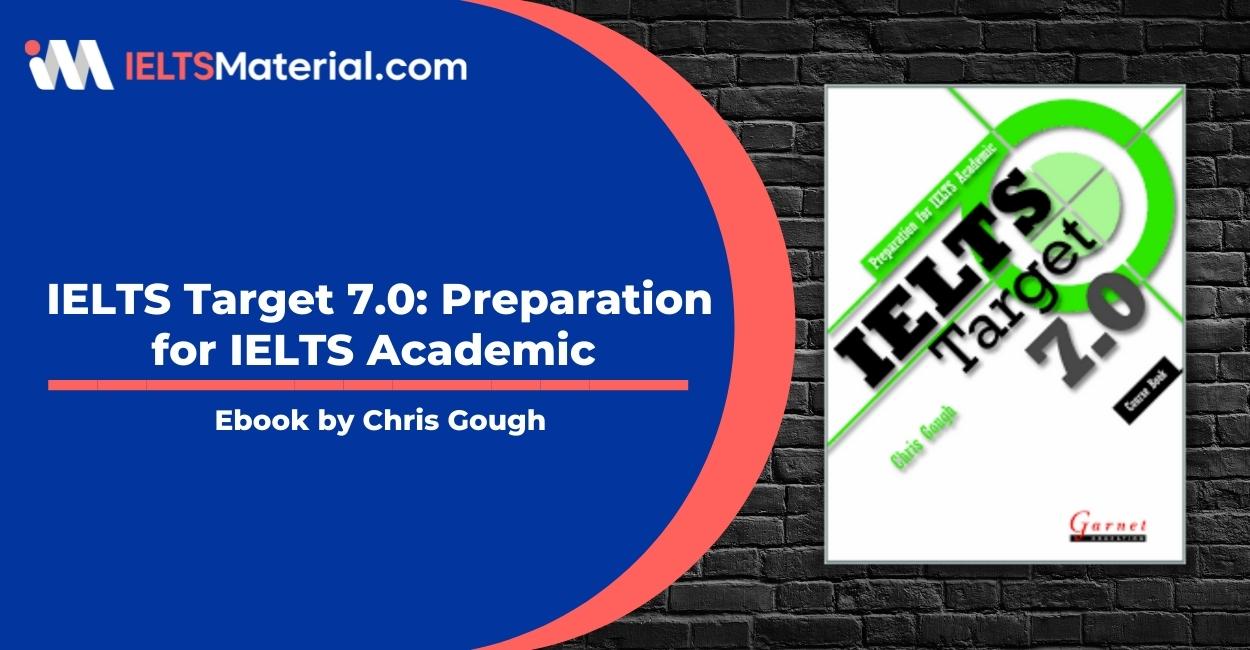Cambridge English Idioms in Use Intermediate Advanced Book with Answer
4 min read
Updated On
-
Copy link
Table of Contents

Limited-Time Offer : Access a FREE 10-Day IELTS Study Plan!
English Idioms in Use Intermediate by Michael McCarthy, Felicity O’Dell
This book presents and practises over 1000 of the most useful and frequent idioms in typical contexts. This reference and practice book looks at the most colourful and fun area of vocabulary – idioms. This book will appeal to students from intermediate level upwards who want to understand the English really used by native speakers. Over 1,000 of the most useful and frequent idioms which learners are likely to encounter are presented and practised in typical contexts so that learners using this book will have hundreds of idioms ‘at their fingertips’.
This book contains 60 units of idioms for the classroom, personal or tutorial use. Each unit gives idioms, meanings, examples and plenty of exercises, and it also has an answer key in the back. I found the layout very user friendly and very well done. Keep in mind when buying this text that it presents idioms, not slang or colloquial idioms. Some of these idioms are a little dated, but the vast majority are well worth learning, especially for conversation and listening comprehension in everyday life. I would recommend this text be used for intermediate to advanced ESL students. I enjoyed using this book in my class and found it well received by the students.
The book is informed by the Cambridge International Corpus, to ensure idioms are presented in authentic and natural contexts and the Cambridge Learner Corpus to ensure common learner errors in advanced exams are covered.
- Suitable for self-study and class work.
- Over 1000 of the most common idioms students are likely to encounter are presented and practised in typical contexts.
- Clear, attractive two-colour design.
Why was this book written?
It was written to help you improve your knowledge of idioms in English. Idioms are fixed expressions whose meaning is not immediately obvious from looking at the individual words in the idiom. You will come across a great many idioms when you listen to and read English. So you must learn about the meanings of idioms and about how they are used. You can use this book either with a teacher or for self-study.
We wanted to encourage language learners to have a balanced approach to idioms in English. Sometimes in the past, teachers used to argue that it was a waste of time for learners to study idioms as they might start using them in an inaccurate or unsuitable way. But idioms are in such widespread use that it is inappropriate to ignore them. This book focuses just on those idioms which the modern student needs to know and it aims to provide the information and practice which will help you understand and use them correctly.
How where the idioms in the book selected?
There are a great many idioms in English, but some of them sound rather old-fashioned or are not very widely used. The 1,000 or so idioms which are worked on in this book were all selected from those identified as significant based on computer searches of huge language databases: the CANCODE corpus of spoke English developed at the University of Nottingham in association with Cambridge University Press and the Cambridge International Corpus of written English. These databases show us how the idioms have been used by native speakers of English in conversations, newspapers, novels, and many other contexts. The idioms selected are all also to be found in the Cambridge International Dictionary of Idioms where additional examples and usage notes will also be found. You can search this dictionary online by going to the following website: https://dictionarv.cambridge.org
How is the book organised?
The book has 60 two-page units. The left-hand page presents the idioms that are worked on in the unit. You will usually find an explanation of the meaning of each idiom, an example of it in use and, where appropriate, any special notes about its usage. The right-hand page checks that you have understood the information on the left-hand page by giving you a series of exercises that practise the material just presented. The exercises pay particular attention to checking your understanding of the idioms and how they are used because this is more important for most learners than being able to actively use the idioms.
The units are organised into three sections:
Idioms to talk about … which groups idioms according to the topic area that they are used to talk about. Thus, to be snowed under [to have an enormous amount of work to do is included in Unit 25, Work.]
Idioms from the topic area of… which groups idioms according to the image they are based on. Thus, hit the roof [react in a very angry way] is included in Unit 41, Houses and household objects
Idioms using these keywords which groups idioms according to keywords in them. For example, Unit 48 deals with a set of idioms based on the word head.
The book also has a key to all the exercises and an index which lists the 1,000 idioms we deal with and indicates the units where they can each be found.
Check Cambridge official link to buy the material
Also check :

Start Preparing for IELTS: Get Your 10-Day Study Plan Today!
Recent Articles

Prity Mallick

Kasturika Samanta






Post your Comments
21 Comments